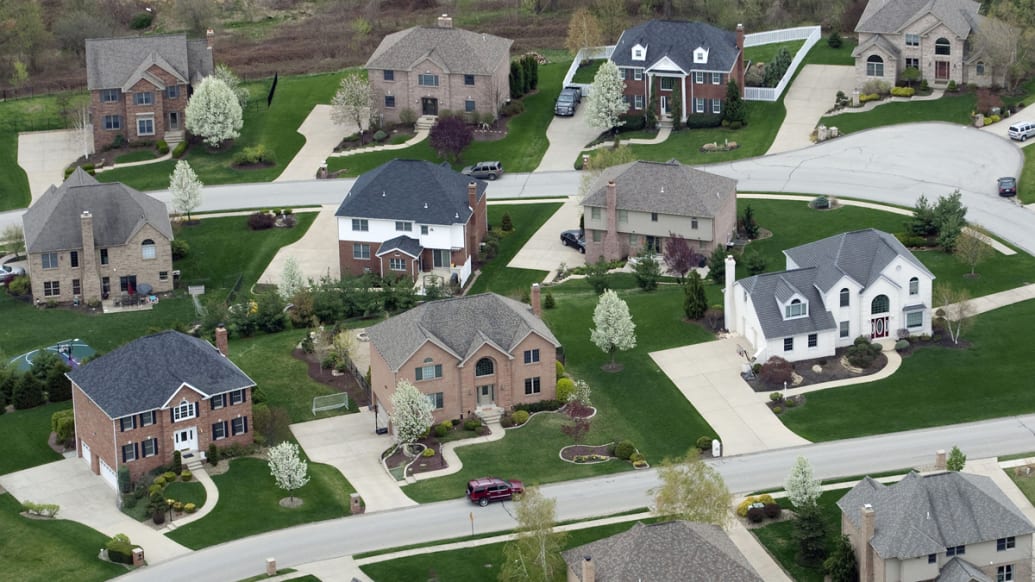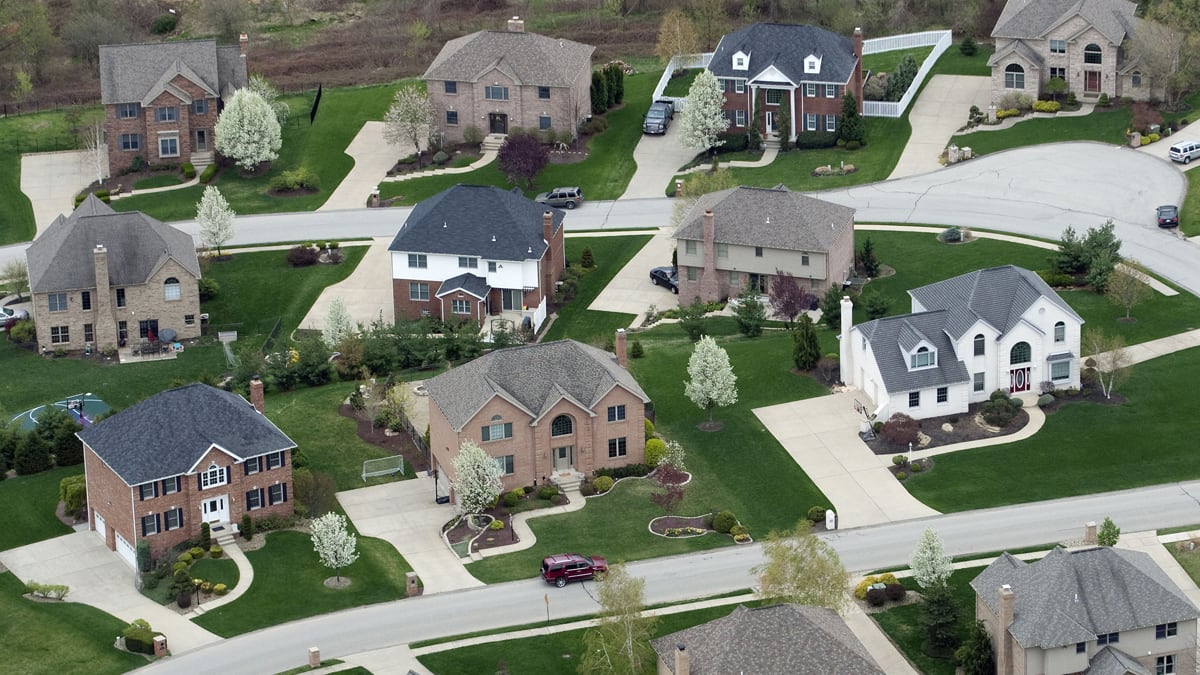In July, Jack and Jeanne Fulton decided that the time had come to move to a retirement community. But they were worried. They had bought their four-bedroom brick townhouse on a hill in Pittsburgh in 2005 for $495,000, before the housing market tanked, and thought they’d lose money when they sold. “We thought times were tough in real estate,” says Dr. Fulton, a retired physician. Instead, they were thrilled when the home sold for $580,000 to a couple who toured the house with their agent before it was even put on the multiple listing service.
Although housing overall remains weak, undercutting consumer confidence and wealth, one fact gets little attention: it’s not bad everywhere. According to the latest data compiled by Zillow.com, as of Oct. 31, 2011 there were dozens of places scattered throughout the country where median home prices were actually rising from a year earlier and a large percentage of homes sold for more than the owners had paid for them.
Take Pittsburgh, which has low unemployment and few foreclosures. Prices there rose 1.2 percent, to $125,100, and the metro area topped the nation in the percentage of homes that were sold for a gain—87.5 percent. That makes it tough for buyers like Gregory Secen, a senior systems analyst, and Christina Smith, a psychiatrist. The couple competed with other buyers for a four-bedroom contemporary-style home with a fireplace in the master suite and backyard waterfall. They paid $445,000 when they closed this month; the seller bought the home for $330,000 in 2003. “It’s more than I wanted to pay,” says Mr. Secen, “but when you’re in a bidding war, you have no choice.”
Although overall, high-priced metro areas like New York, Honolulu, and Washington, D.C., have seen home price declines, some of the most expensive enclaves near these cities are doing well. For instance, bigger Wall Street bonuses have pumped prices in Rye, N.Y., where the median price of about $1.5 million is roughly the same as it was during the peak of the area’s housing boom in August 2005. Real-estate agent Michele Flood noted that four upper-end homes that were bought during 2006 and 2007, when prices dipped, sold for more money this year. “We have some very happy sellers,” she says. In nearby Scarsdale, N.Y., real-estate agent Geraldine Angel sold a house in June for about $1.8 million that had last been sold for around $1.6 million in August 2008. It’s currently for sale for about $1.9 million, even though “it needs a new kitchen,” she says.

On the other hand, some places are heating up because of their affordability, coupled with the promise of jobs. In energy-rich Tulsa, Okla., more than three quarters of all homes sold for a gain and prices rose 6.3 percent to $139,800. More than eight out of 10 home sales were for more money in Yakima, Wash., a major apple producer, and prices increased 5 percent to $156,500. In Kalamazoo, Mich., where employers include brewers and peppermint-flavor makers, prices were up 3.4 percent to $129,500, and more than seven out of 10 homes sales turned a profit.
Even some flamed-out former bubble markets are starting to reignite. In February 2009, Ft. Myers, Fla., was so beset by foreclosures that President Obama used it as a backdrop to unveil his economic stimulus plan. But since then, bargain-hunters have been snapping up properties, which lost more than half their value since the 2006 peak and are now selling at prices last seen a decade ago. Prices have risen 4.6 percent to $122,200; more than half of all sales showed a gain. Meanwhile, the percentage of listings with price cuts dropped to 24.5 percent, a 7.2 percent decline from a year earlier. While sellers who bought at the market’s top still face a loss, lender Beth Cherry says that recent buyers who fixed up deeply discounted properties and resold them have “cleaned up.” Real-estate broker Danielle Sharp says that increasingly sellers are refusing low-ball offers. “We don’t have fire-sale prices anymore,” she says.
Of course, most markets have had a mixed track record over the past few turbulent years. Yet some sellers who bought during the bubble years have still come out ahead. In Columbia, Md., a master-planned community between Baltimore and Washington, D.C. that’s popular with government workers, Ira and Diane Levy snagged a five-bedroom colonial on a wooded lot for $515,000 in 2003, just as the market caught fire. With multiple bidders for the house, “we had to make a decision in 15 minutes,” recalls Mr. Levy, chief information officer for Howard County, Md. At the time, Columbia’s median home prices hovered around $200,000; over the next few years they swung from a peak of about $367,000 in July 2007 to a low of $271,000 in February 2011. But then prices started to move up again as the area’s employment expanded and the Levys were able to catch the updraft, selling their home in June for $600,000. At the time, about seven out of 10 homes sold for a gain.
Still, the home was listed for a few months before it sold, indicating a slow, tentative recovery. But that’s OK with Mr. Levy, who also had to negotiate the purchase of a new home for his growing family a few miles away. This time he didn’t feel under any pressure, and for that he’s grateful. “Everything’s becoming a bit more normal,” he says.

